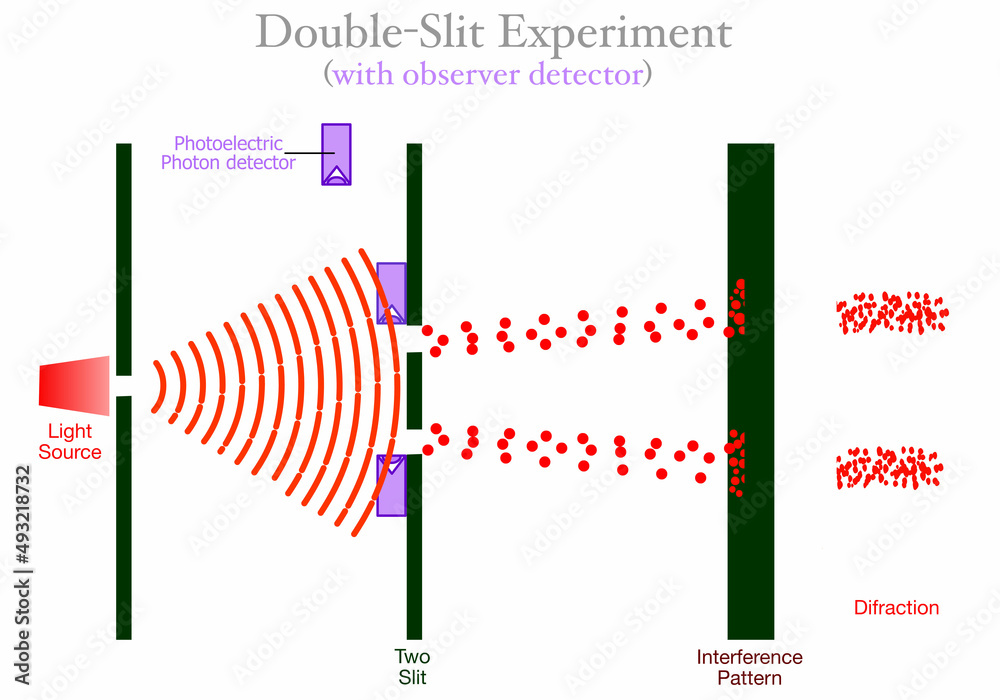As I understand it, when both slits are open, the electrons spread out in an interference pattern, and if one of the slits is closed then the electrons are spread out according to a single-slit diffraction pattern.

In his conference about the double-slit experiment, Feynman said that when both slits are open and you look at which slit the electrons passed through, the electron distribution is the sum of the distribution if slit (1) is closed and the distribution if slit (2) is closed. The electrons are therefore spread out over the entire screen, with a higher concentration in front of the slits.
However, I saw in several images that, in the presence of a detector, the electrons were split into two bands, each in front of a slit. This makes sense, since measuring the electron's position should force it to behave like a particle, and thus cancel out the diffraction effect.

Am I missing something ? Unfortunately, I haven't found any photos on the Internet that show the results of the experiment with an observer. I would be very grateful if you could help me.
